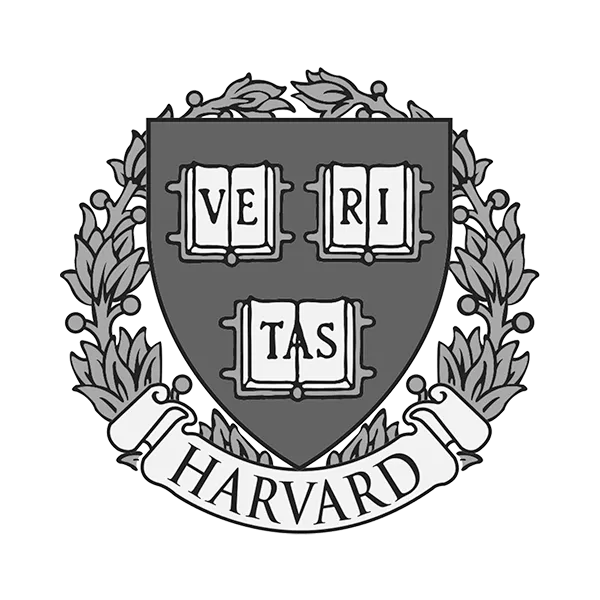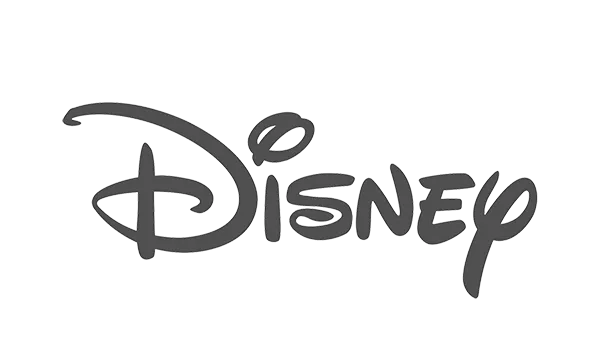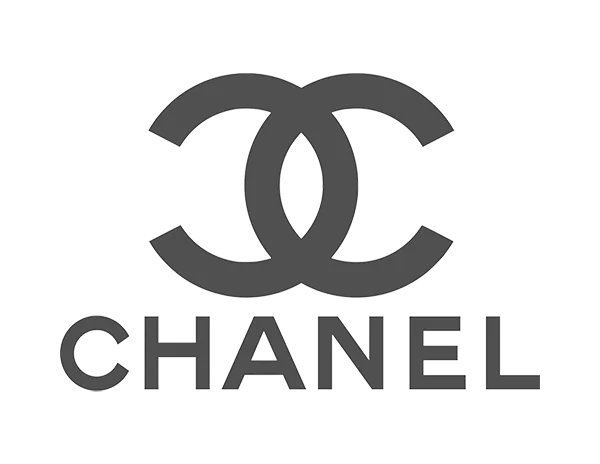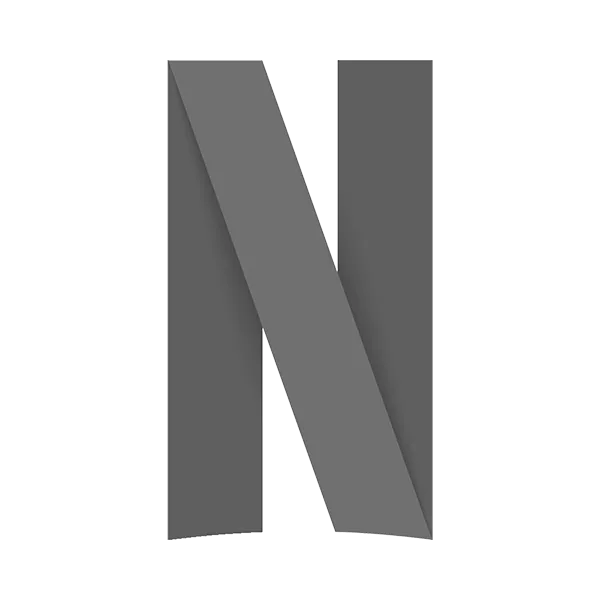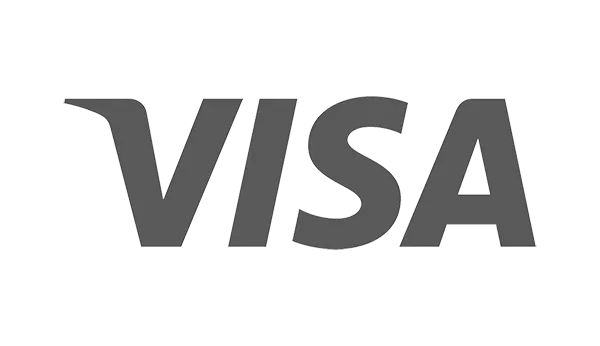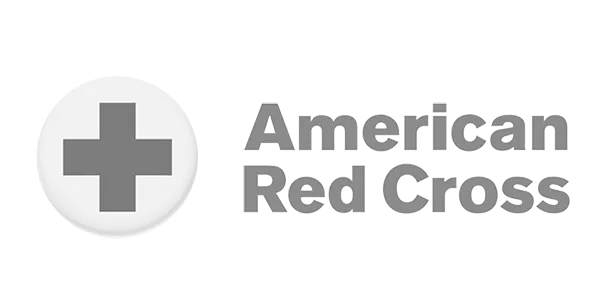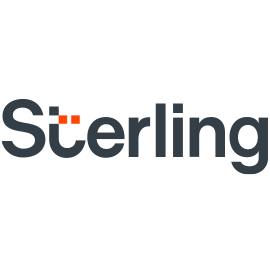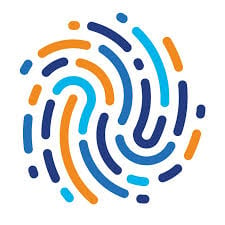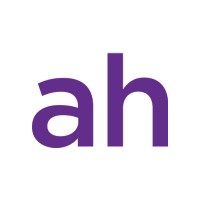ATS vs CRM
The "ATS vs CRM" debate isn't just another HR jargon battle — it's shaping the future of human resource technology. According to a recent report by Aptitude Research, a remarkable 54% of companies ramped up their investment in recruiting software during the first half of 2023.
Why is this surge important? For your organization to remain competitive and strategic in talent acquisition, understanding the nuances of both applicant tracking systems and candidate relationship management systems is crucial.
This article will guide you through their distinct functionalities, prime differences, and overlapping spheres. By the end, you'll have a clearer perspective on which tool aligns best with your needs, or whether an integration of both could be the key to your recruitment success.
ATS Software Overview & Use Cases
An ATS is designed to automate and optimize the hiring process from start to finish.
Industry research has shown the average time to fill a position stands at 45 days. The automation and efficiency of an ATS can significantly reduce this period (by up to 60%, according to recent ATS statistics).
Especially for businesses in high-volume industries, time is of the essence, and every day a position remains vacant could equate to lost revenue and productivity. Let's delve deeper into an ATS’s functionalities and the profound value it offers.
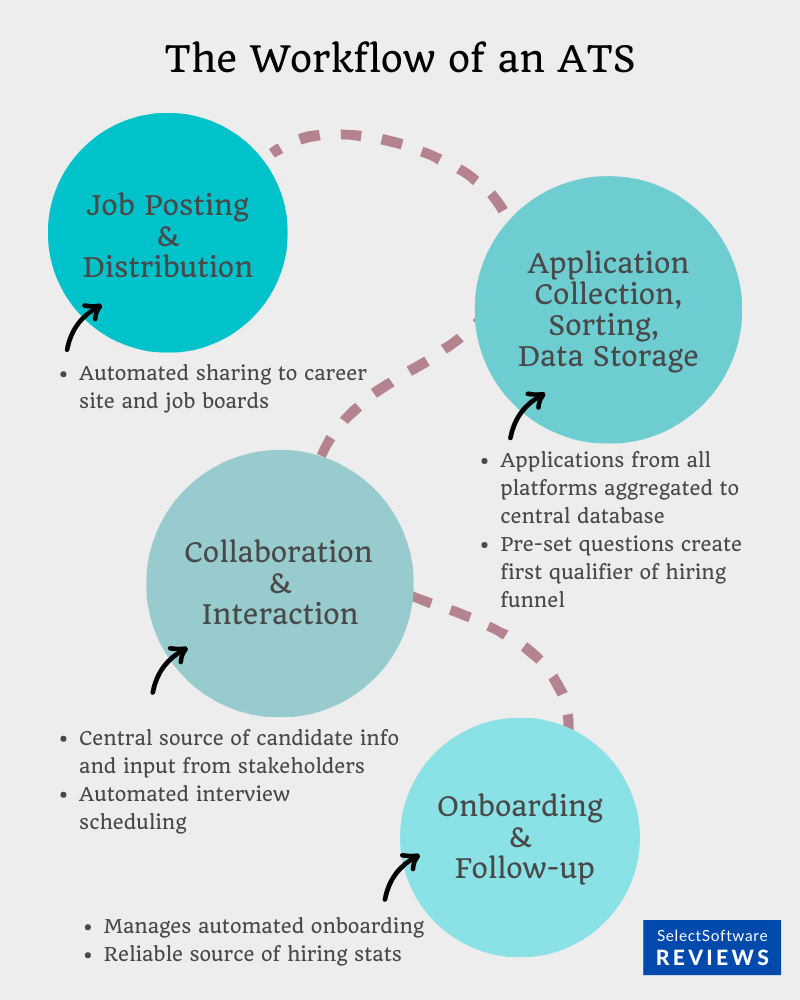
Job Posting Automation
Imagine being able to distribute your job listings across multiple boards and platforms with a single click. That's precisely what an ATS offers. Instead of manually posting on various job boards, websites, and social media platforms like LinkedIn, your ATS will disperse the listings, ensuring that you reach a broader audience without the added digital legwork.
High-Value Feature:
Some advanced ATSs can customize job postings according to the platform. They can also track which platforms are delivering the most candidate profiles or which ones have the highest hiring success rate so that you can spend your recruitment marketing budget accordingly going forward.
How to use:
- Integrate your ATS with widely recognized job boards and niche platforms specific to the roles you're hiring for.
- Regularly update your job descriptions to ensure they're SEO-optimized, so they rank higher on job search platforms.
- Ensure that your job descriptions are clear, precise, and devoid of any discriminatory language.
- Track which platforms yield the best candidates to prioritize them in future postings.
Resume Parsing
Going through hundreds, if not thousands, of resumes can be a time suck. Realistically, a manual review process makes it very difficult to give each application due consideration, which means you’re probably missing out on great talent.
With an ATS, you can automatically extract key information from resumes, organize it effectively, and quickly assess the fit of a candidate. When ATS-friendly resumes are uploaded or emailed, the ATS uses algorithms to extract vital information such as contact details, education, skills, and work experience, converting it into a structured format.
High-Value Feature:
Advanced parsing tools can also rank active candidates based on qualifications, tech stack, or keywords, making it easier to identify potential fits for a position.
How to use:
- Customize the parsing settings in your ATS to screen for specific keywords or qualifications pertinent to the role. This way, top-matching resumes are automatically shortlisted.
- Regularly update your keyword lists to avoid overlooking potentially great jobseekers who may use different terminology or possess alternative but relevant qualifications.
Scheduling Interviews
Instead of back-and-forth emails, the ATS can manage the schedules of both interviewers and candidates, reducing potential scheduling conflicts and ensuring timely interviews.
The system communicates with both the interviewer's and the candidate's calendars. Based on availability, it suggests optimal times, sending email invites once a time is confirmed.
An additional, but no less important component of this function is integration with video interview software, providing seamless virtual interview experiences. Automated reminders can also be set up to reduce no-shows.
Streamlined scheduling means quicker interview processes, reducing the chance that a candidate is snapped up by a competitor while waiting.
How to use:
- Utilize the ATS's self-scheduling feature, allowing candidates to choose from the hiring manager’s available slots. This minimizes back-and-forth communication and ensures a better candidate experience.
- Always keep some buffer time between interviews to account for any overruns or unforeseen delays.
Candidate Assessment
By assessing active candidates before interviews, businesses can ensure they're spending time only on those who meet their criteria, leading to higher-quality hires.
Many ATSs offer integrated skills assessments, personality tests, and cultural fit questionnaires. These can be sent automatically to jobseekers, with results integrated into their profile. Depending on the ATS, it may offer a library of tests or integrate with third-party assessment providers. Results can be benchmarked against desired scores to help in shortlisting.
McKinsey research emphasizes that, with 20-30% of work time set to be transformed by automation technologies by 2031, the landscape of recruitment will also evolve. The skills and tools required to remain a competitive employer in the future will shift dramatically.
In the same sense, the skills required in the jobs you hire for will also evolve rapidly. An ATS can help your business stay ahead by quickly identifying candidates with these future-oriented skills and ensuring that your organization remains prepared for these inevitable requirements to remain ahead.
How to use:
- Integrate skill assessment platforms with your ATS or use in-built testing tools.
- Create or choose tests that align with the job requirements, allowing you to evaluate a candidate's aptitude before the actual interview.
- Ensure that tests are regularly updated to reflect current industry standards and that they're free from any biases.
Reporting & Analytics
ATSs collect vast amounts of data throughout the recruitment process. Through dashboards, they present these as visual insights, helping businesses understand their hiring efficiency. Common metrics include time-to-fill, cost-per-hire, source effectiveness, and candidate drop-off rates.
Advanced ATSs can even offer predictive analytics, suggesting process improvements.
How to use:
- Use the ATS analytics to extract data on your most effective recruitment channels, time-to-hire metrics, and candidate source analysis. This data can inform your strategies for the next hiring season.
- Always compare data over extended periods (quarterly, biannually, yearly) to identify consistent trends and not just anomalies.
CRM Software Overview & Use Cases
While an ATS is designed to handle the application and recruitment processes, a CRM system is engineered to nurture relationships with potential talent — even before they apply.
By focusing on nurturing relationships, understanding candidate preferences, and leveraging automation with a human touch, you ensure a more favorable perception of your brand in the talent market. A recruitment CRM provides the tools to do just that.
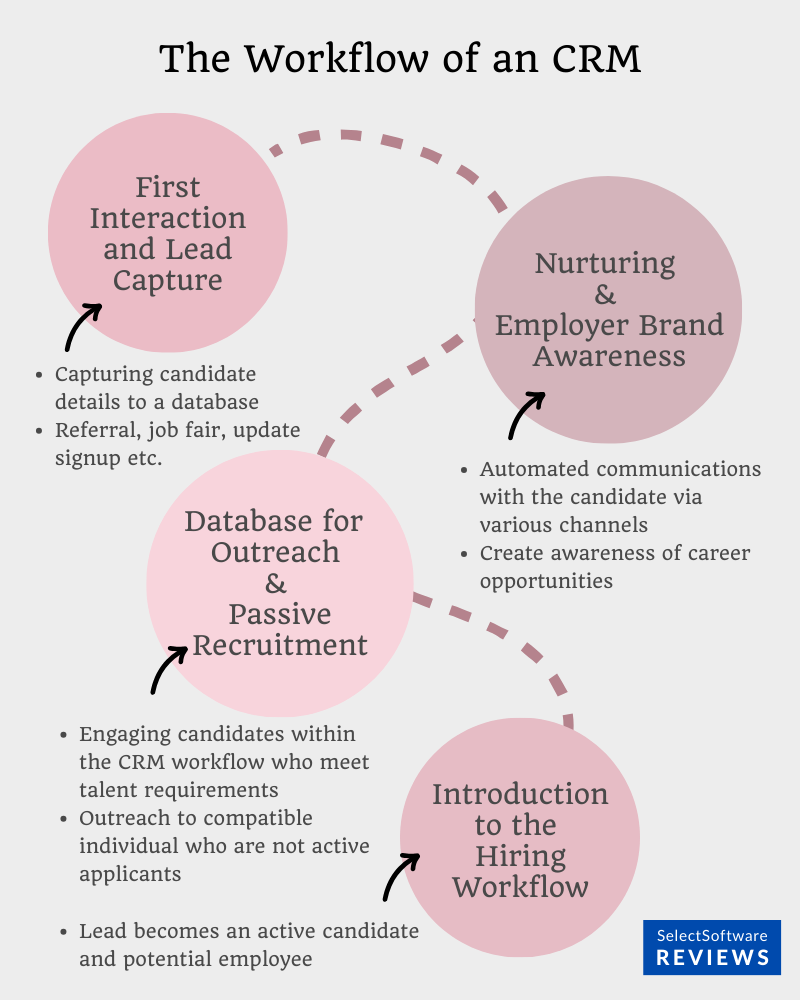
Talent Pooling
CRM systems allow companies to build and maintain a database of potential candidates. These could be individuals who have expressed interest in your company but haven't applied, previous applicants, or even passive talent.
For instance, say you're a tech firm and have previously interacted with a highly skilled developer at a conference. While there wasn't a suitable role then, you can input their details into your recruitment CRM and nurture this relationship for future opportunities.
How to use:
- Regularly update your talent pool with new interactions and feedback from other team members.
- Tag candidates based on skills or interactions to easily search and segment them later.
Candidate Engagement
Every candidate should receive communication at various stages in their applicant journey. Technology and automation can ensure that every candidate is engaged even when they are not moving forward in the process.
Aptitude Research points out that companies with a candidate-centric automation approach are twice as likely to enhance the candidate experience. A CRM automates these communications, ensuring consistent and timely engagement.
How to use:
- If you have multiple potential candidates who've shown interest. Instead of sending them generic emails, use your recruitment CRM to schedule personalized follow-up messages or newsletters about company updates.
- Customize your messaging based on the candidate's interaction history. If they attended a webinar, reference key takeaways; if they're from a job fair, mention the event.
Trust Building & Data Management
A potential candidate wants to understand how their data will be utilized. Using the CRM, you can demonstrate the data's application, from skill matching to interview feedback, fostering trust.
How to use:
- Maintain transparency on how data is used and stored.
- Regularly review and clean data to ensure accuracy.
Multi-Channel Communication
A robust CRM supports multiple communication channels, enhancing the candidate experience. 73% of companies still state that email is the primary form of communication.
Since email is such a direct channel, and generic or overly templatized content is so easy to spot, these statistics stress the importance of personalizing the candidate experience. A personal touch ensures each individual feels valued.
Email may also not be your candidate’s preferred touchpoint. To make the recruitment process most engaging, employers need to meet talent where they’re at.
How to use:
- Survey your candidates to understand their preferred communication channels.
- Integrate these channels into your CRM for a more seamless and candidate-centric approach.
Key Differences Between ATS and CRM
Both of the systems discussed here are invaluable in modern recruitment, but they serve distinct purposes. Here, we'll demystify these tools for you by highlighting their key differences.
Purpose & Focus
ATS: An ATS is primarily designed to manage and streamline the application process. Its main focus is on the logistics of hiring — collecting resumes, screening candidates, and tracking their progress through the hiring funnel.
CRM: On the other hand, a recruitment CRM is centered on building and nurturing relationships with potential candidates. Think of it as a tool for 'pre-recruitment' - it helps you engage with passive candidates, talent pools, or those who might be a good fit for future roles.
User Interaction Timing
ATS: Your interaction with a candidate in an ATS usually begins when they submit an application for an open position.
CRM: With a CRM, your interaction can start much earlier, perhaps when a potential candidate visits a job fair, subscribes to a company newsletter, or engages with your company on social media.
Data Entry Point
ATS: Data within an ATS predominantly comes from job applications. When a candidate applies, their information gets stored and processed within this system.
CRM: The data in a CRM can be sourced from various touch points – networking events, referrals, talent communities, or even previous applicants who weren't selected but are worth re-engaging.
Communication Style
ATS: The communication via ATS is often transactional. You'll send interview invites, offer letters, or feedback emails.
CRM: A CRM fosters ongoing communication. This can range from sending company updates, sharing relevant content, or even wishing a potential candidate on their birthday.
Lifecycle Stage
ATS: An ATS handles the latter stages of the recruitment life cycle, from application to hire.
CRM: The CRM plays a role in the earlier stages, focusing on attraction, engagement, and nurturing potential candidates.
Where do ATS and CRM overlap (Do You Need Both)?
As you delve deeper into the realm of talent acquisition tools, you might notice that the boundaries between ATS and CRM are not always clear-cut. While they're distinct tools with different primary functions, there's undeniable overlap in their capabilities.
Let's explore these overlaps and then address the question: Do you truly need both?
Candidate Data Storage
Both ATS and CRM systems store candidate data, be it contact details, resumes, or interaction history.
While an ATS might store details about a candidate's application status and interview notes, a CRM could house information about their interests, previous interactions, or feedback from past events. Integrated together, they offer a holistic view of each candidate.
Potential Pitfall: Redundancies can occur with ineffective ATS implementation. If both systems are not synced properly, you might find duplicate entries, which can clutter your databases and lead to inefficient processes.
Communication Channels
Both systems allow for communication with jobseekers, albeit with different intentions. While an ATS might be used for transactional communications, like interview schedules, recruitment CRM software can be employed for more relational communications, such as newsletters or event invitations.
When used in tandem, they ensure candidates receive timely and relevant communications.
Potential Pitfall: Overcommunication. If not managed properly, a candidate might receive too many messages, leading to communication fatigue and a potentially negative perception of your company.
Reporting & Analytics
Both ATS and CRM platforms often have built-in analytics tools that allow you to gauge the effectiveness of your recruitment strategies. An ATS might give insights into the efficiency of the hiring process, while a CRM can provide data on engagement levels and the effectiveness of outreach campaigns.
Leveraging insights from both can inform a more comprehensive recruitment strategy.
Potential Pitfall: Misaligned metrics. If you're not careful, you could end up tracking incongruent metrics that don't offer meaningful insights when looked at together.
For example, if you're tracking "candidate engagement rate" in your CRM while emphasizing "time-to-fill" in your ATS, these metrics might not correlate directly, potentially leading to decisions that don't holistically improve the recruitment process.
Integration Capabilities
Many modern ATS and CRM systems come with capabilities to integrate with other HR tools and software. When integrated, an ATS and CRM can create a seamless flow of information, ensuring that no candidate detail is overlooked, and every touchpoint is recorded.
Potential Pitfall: Integration mishaps. Without proper ATS integration setup or when using systems that aren't naturally compatible, you might encounter glitches or data mismatches.
Do You Need Both?
The answer to this question is contingent on your recruitment goals. If you're solely looking to streamline your hiring process for current job openings, an ATS might suffice. But if you're aiming for a broader, more proactive recruitment approach, focusing on employer brand building, long-term talent engagement, and cultivating a top talent pipeline for future roles, then a CRM becomes invaluable.
In an ideal scenario, using both an ATS system and a CRM offers a holistic approach.
While they have overlapping features, their core functionalities complement each other, covering the entire spectrum of recruitment activities. As you aim to be both efficient in current hiring and strategic for future talent needs, integrating both systems ensures you're well-equipped to face the dynamic challenges of talent acquisition.
Recognizing the increasing demand for comprehensive talent acquisition tools, several software providers have stepped up, offering integrated solutions that combine the functionalities of both ATS and CRM systems. These all-in-one platforms provide a seamless ability to track candidates and manage talent relationships for recruiting teams.
Opting for such integrated platforms can be a wise investment.
ATS vs CRM: Final Thoughts
In essence, while there's some overlap, an ATS system and CRM cater to different stages of the talent acquisition process.
If you're looking to simply track applicant journeys and streamline the hiring workflow, an ATS is your go-to. However, if you're aiming to build lasting relationships with potential talent, ensuring they think of your company when they're ready to make a career move, a CRM is indispensable.
Ideally, for a comprehensive recruitment strategy, integrating both tools or investing in a recruitment technology that combines these functions can offer you the best of both worlds and, ultimately, help you hire the best talent.








